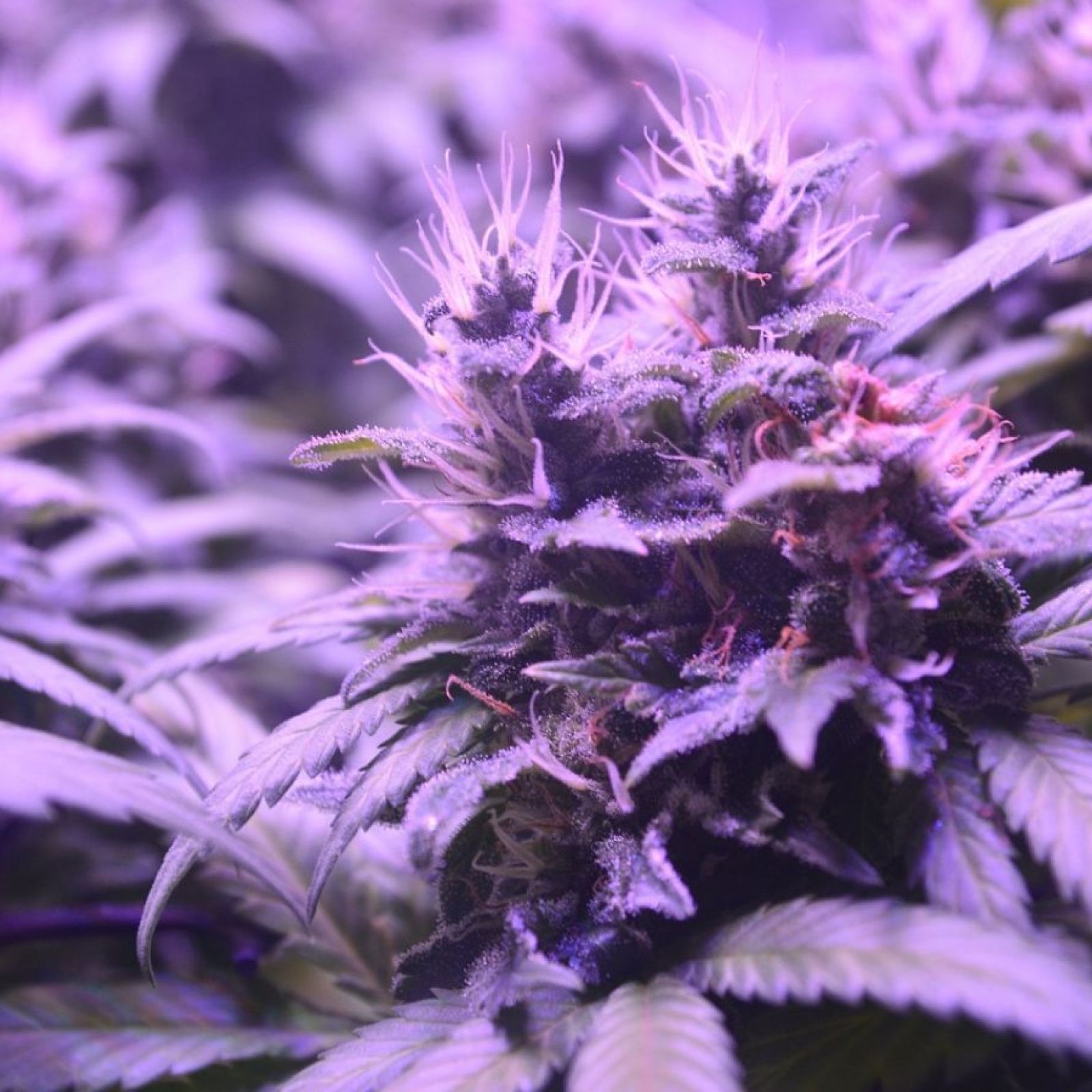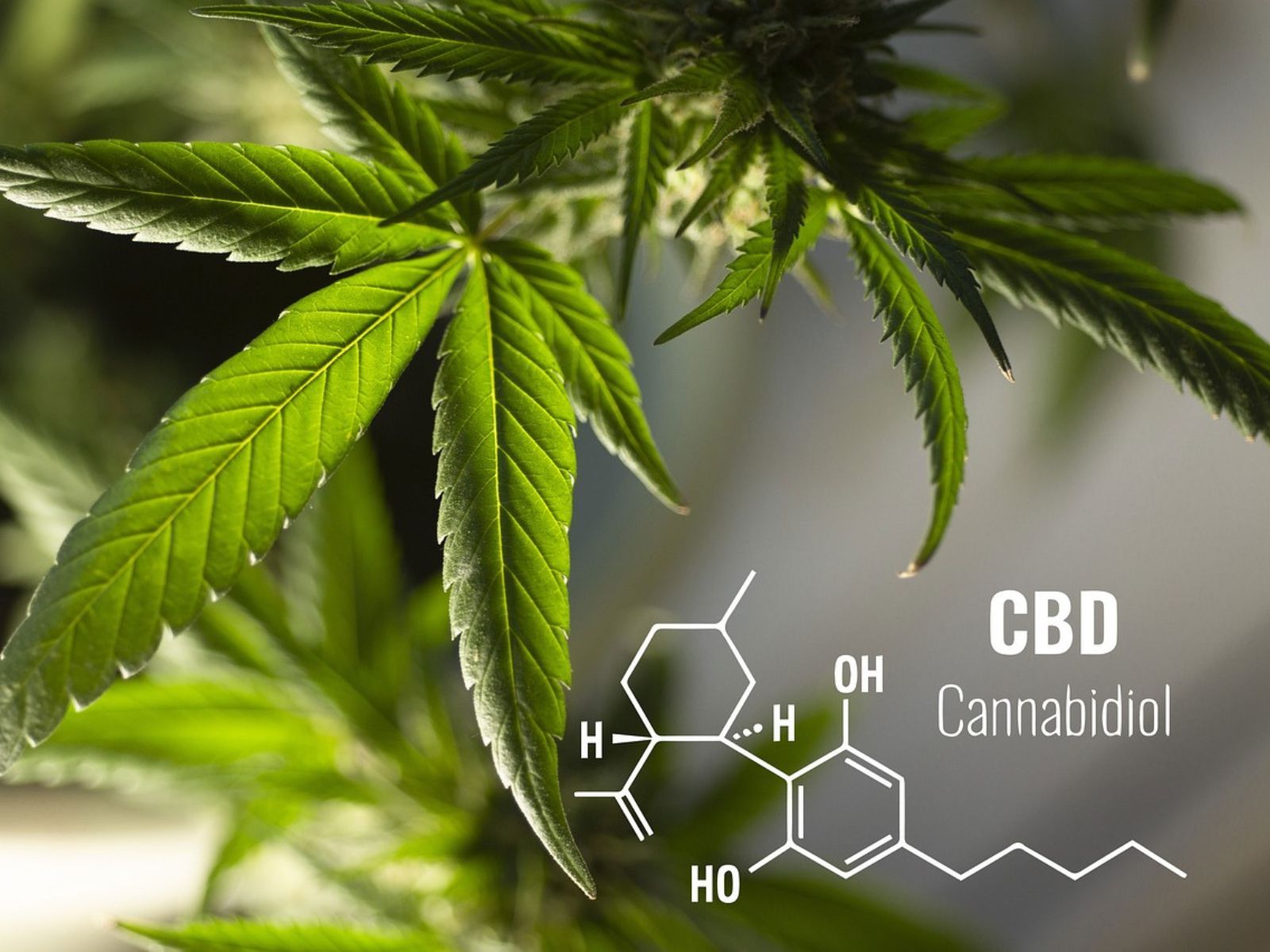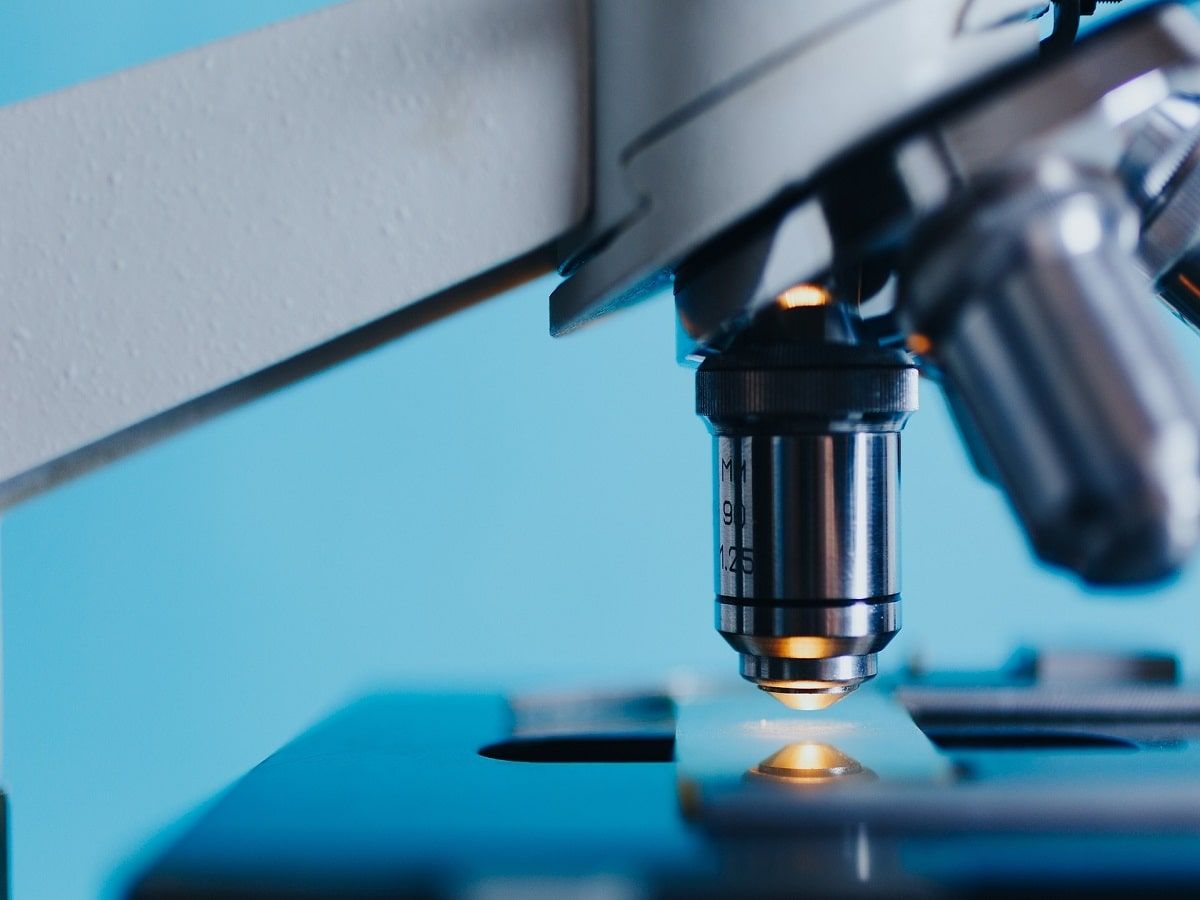
Brazilian Universities Collaborate On Cannabis Phytochemical Database

Brazilian Universities Collaborate On Cannabis Phytochemical Database
All plants, from fruits to vegetables to grains, produce phytochemicals, and the cannabis plant is no exception. Phytochemicals are compounds that give plants their color, flavor, and aroma, and help protect them from viruses, bacteria, and other health issues. The compounds can also be beneficial to humans.
In an effort to help ensure the safety, quality, and efficacy of medical cannabis products, various academic universities in Brazil have collaborated to create a database of known phytochemicals found in cannabis plants.
“The partnership brings together the Federal University of Lavras (UFLA), the Federal University of Goiás (UFG), and the University of São Paulo (USP). The project is coordinated by Professor Patrícia Guimarães Santos Melo (UFG) and is titled: ‘Innovation in the selection of Genetic Materials of Cannabis sativa for medicinal use: Near Infrared Spectroscopy.'” reported Sechat in its local coverage (translated from Portuguese to English).
“The central objective is to use Near-Infrared Spectroscopy (NIRS) to develop rapid, accurate, and non-destructive protocols for selecting Cannabis sativa genotypes for medicinal use.” states UFLA on its website. “The technology will enable the creation of a detailed database on the phytochemical composition of genetic materials, including in vitro cell cultures. This database will be essential for the standardization of cannabinoid extracts and products, contributing to the safety, quality, and efficacy of the plant’s medicinal uses.”
“We have a unique opportunity to unite science, technological innovation, and social commitment to transform the medical cannabis landscape in Brazil,” says Professor Vanessa Stein about the effort.
Separate research conducted in 2023 by investigators affiliated with Memorial University of Newfoundland and the University of Western Ontario, both in Canada, found that “566 compounds have been identified and isolated which constitutes over 18 classes of different secondary metabolites found” in the cannabis plant.
“Out of this number, 125 are cannabinoids, 198 are non-cannabinoids and 120 are terpenes, constituting a total of 443.” the researchers in the 2023 study wrote. “The rest of the substances identified in the plant…include 2 alkaloids, 34 flavonoids, 42 phenols and 3 sterols.”
While much is now known about the cannabis plant, thanks to research conducted in recent decades, there is still a considerable amount that is unknown to humans. With that in mind, the cannabis phytochemical database created in Brazil is exciting to think about and will no doubt benefit the cannabis community, both within Brazil’s borders and beyond.
Share article
Ticket Prices increase
JANUARY 28

Ticket Prices increase
JANUARY 28

Ticket Prices increase
JANUARY 28
Join Our Awesome Community
Join Our Awesome Community
Join Our Awesome
Community
Get all the latest industry news
delivered to your inbox







